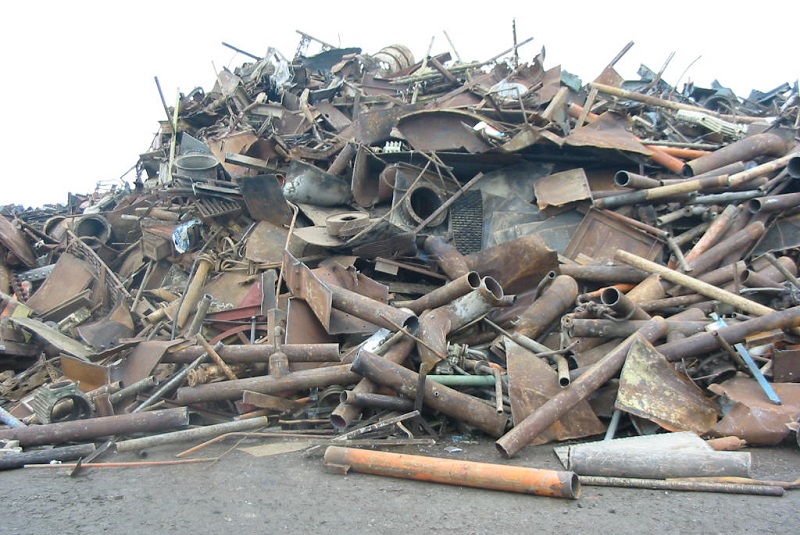
The International Aluminium Institute (IAI) has released global aluminium recycling data. According to figures from the IAI, recycling just one aluminium can conserves enough energy to recharge up to 20 mobile phones, while global aluminium recycling saves enough energy every year to power the whole of France.
Commenting on the recycling data, Marlen Bertram, IAI’s Director - Product Stewardship said: “Aluminium is one of the most recycled materials on earth. Today, the global recycling efficiency rate is 76%. High recycling rates in all regions underline the economic and environmental value of aluminium scrap.”
The release of figures coincided with the third World Statistics Day (October 20), which is celebrated every five years. This year, World Statistics Day reflects on the importance of trust and authoritative data.
Over the last 40 years, the IAI has provided the most credible, representative and authoritative data for the global aluminium industry and continues to provide reliable statistics and rigorous analytical expertise, said the organisation in a press release.
“With comprehensive statistical data and pioneering material flow analysis, the IAI can track scrap aluminium globally from source to consumer by product, quality, form and region,” Bertram noted.
According to the IAI, every year, more than 30 million tonnes of aluminium scrap is recycled globally, ensuring its status as one of the most recycled materials on the planet. “Aluminium is central to a sustainable future, because of its unique combination of properties, including lightness, strength, durability, and recyclability. Rapid population and economic growth over the coming decade mean that global demand for aluminium will double through to 2050, and this will be met by 50% to 60% recycled metal. To ensure a sustainable circular economy, especially post-Covid, we need to improve and maintain high recycling rates across the world,” she commented.
Aluminium can be remelted and reused without any impact on its unique properties. This means that aluminium products can be recycled repeatedly. Europe has the highest Recycling Efficiency Rate (RER) in the world, recovering 81 per cent of aluminium scrap available in the region, according to the IAI. North America has the world’s highest Recycling Input Rate (RIR) with 57 per cent of the metal produced in the region originating from scrap. China, which is the largest consumer of both primary and recycled aluminium, also produces more than 10 million tonnes of scrap aluminium each year, accounting for a third of the annual global total.
Key facts: Recycling one tonne of aluminium saves greenhouse gas emissions equivalent to driving 40,000 miles in an average vehicle in the USA; Recycling aluminium requires 95% less energy than production from ore; Almost 75% of the 1.5 billion tonnes of aluminium ever produced is still in use today; Almost 70% of all drinks can are recycled, making it the most recycled drinks container on earth.
Download the factsheet here


 Search
Search

